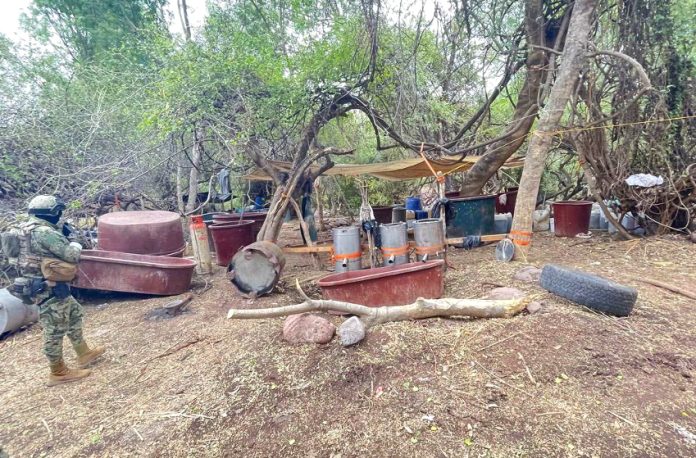United States Secretary of State Antony Blinken acknowledged on Wednesday that the current Mexican government has seized “a record amount of fentanyl,” but stressed that additional U.S. funding is needed to help Mexico further strengthen its anti-narcotics capacity.
During an appearance before the United States House Committee on Appropriations, Blinken was asked by Representative Hal Rogers how the State Department planned to use a requested US $1.56 billion in “international narcotics control and law enforcement funding” — an increase of $166 million from the current fiscal year level — to “help end this ongoing tragedy” caused by illicit fentanyl, which is responsible for the majority of overdoses deaths in the U.S.
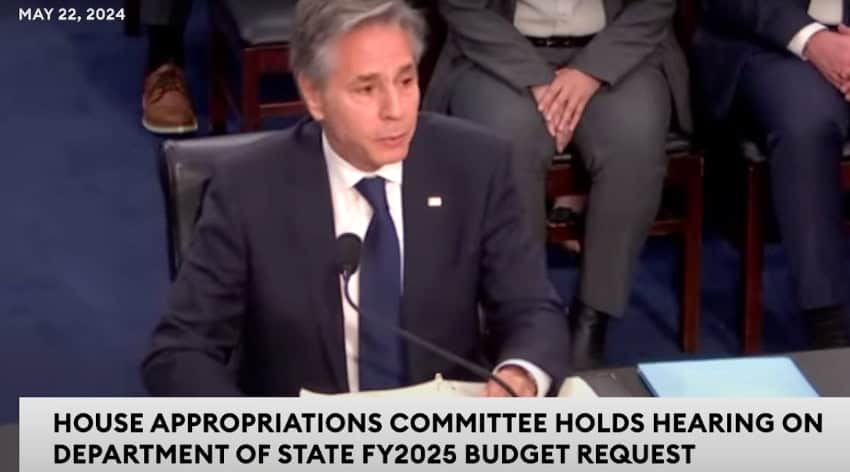
“One of the most critical things is continuing to build the capacity of partner countries as well as to strengthen our cooperation with them. I think Mexico is a good example of that,” the secretary of state responded.
Blinken said that the United States in recent years has “significantly increased” its “collaborative efforts” with Mexico “to try to disrupt, dismantle” and “take down” transnational criminal organizations that engage in fentanyl trafficking, and to combat associated financial networks.
“We have worked with … [Mexico] for example, with information and support that’s produced dozens of arrests of first and second-tier operatives in these criminal enterprises,” he said.
Mexico has “seized a record amount of fentanyl” and “disrupted production facilities,” Blinken said.
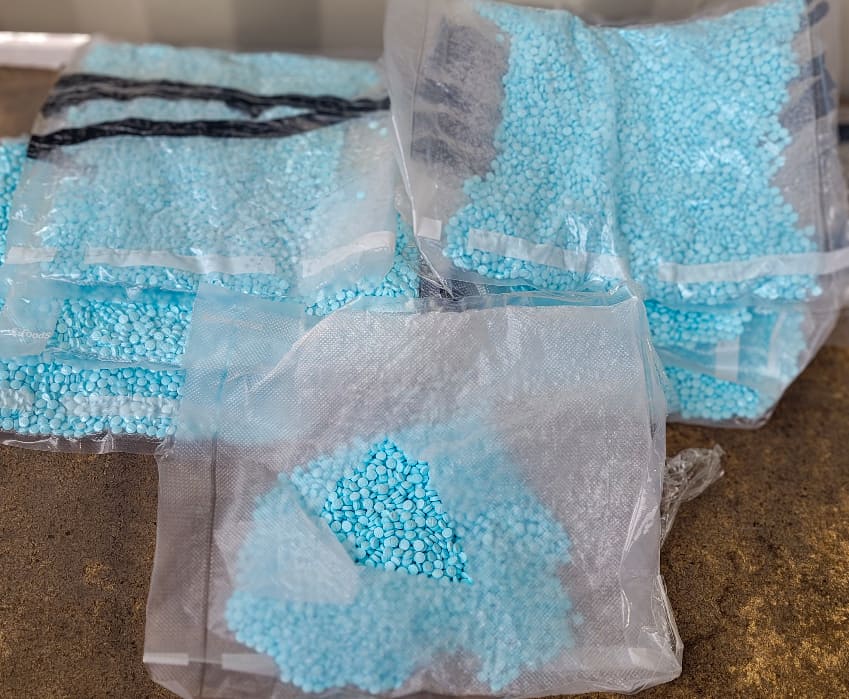
“But all of that comes with our assistance, our support, so this is just one example of where the additional funds would allow us to further strengthen … [Mexico’s] own capacity,” he added.
Blinken also stressed the importance of bolstering efforts to stop fentanyl entering the United States from Mexico, where the powerful opioid is made with precursor chemicals shipped from Asia, especially China.
“[It’s] very important that we deploy the most modern and effective technology in detecting efforts to smuggle fentanyl or other synthetic opioids into the United States,” he said.
“We have the technology. It’s both the old kind, things like canines can be very effective, but also actual technology — screening technology. … Based on our best assessments, the overwhelming majority of the fentanyl coming into this country is coming through our ports of entry, so deploying that technology on both sides — the Mexican side and our side — that can make a big difference,” Blinken said.
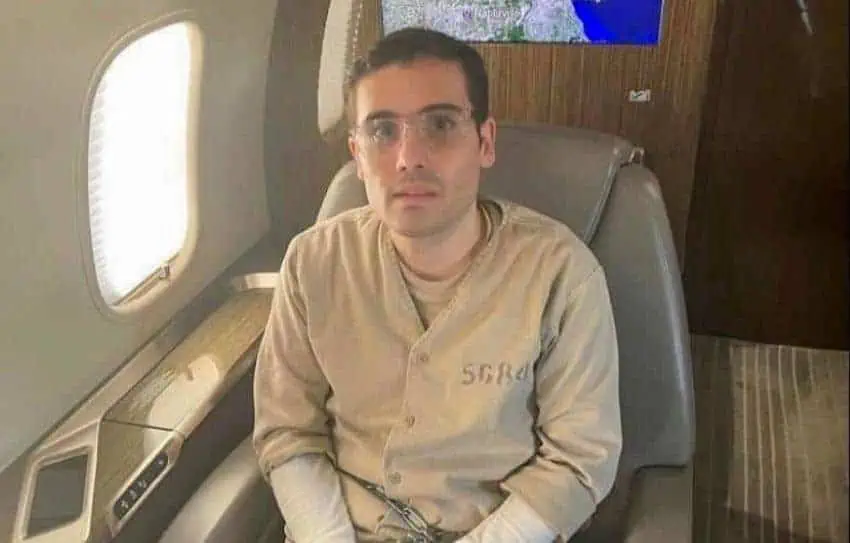
His remarks came two weeks after the Drug Enforcement Administration (DEA) said in its National Drug Threat Assessment report that the Sinaloa Cartel and the Jalisco New Generation Cartel have a presence in every state of the United States and “have caused the worst drug crisis in U.S. history.”
The “dominance” of those two cartels “over the synthetic drug trade in particular is evident in the relentless stream of illicit fentanyl and methamphetamine crossing the border toward U.S. markets,” the DEA said.
How much fentanyl have Mexican authorities seized since AMLO took office?
Although large amounts of fentanyl continue to enter the United States from Mexico, the current Mexican government has seized far greater quantities of the drug than any previous administration.
National Defense Minister Luis Cresencio Sandoval reported last week that a total of 8,222.5 kilograms of fentanyl, or 8.2 tonnes, was confiscated between Dec. 1, 2018 — the date President Andrés Manuel López Obrador took office — and May 13.
He has previously acknowledged that fentanyl seizures have increased because drug consumption and production patterns have changed.
“There was a change in consumption, there was a change in drug markets due to the ease of producing synthetic drugs,” Sandoval said in late 2021 when reporting that the quantity of fentanyl seized in the first three years of the current government had increased 525% compared to the previous three years.
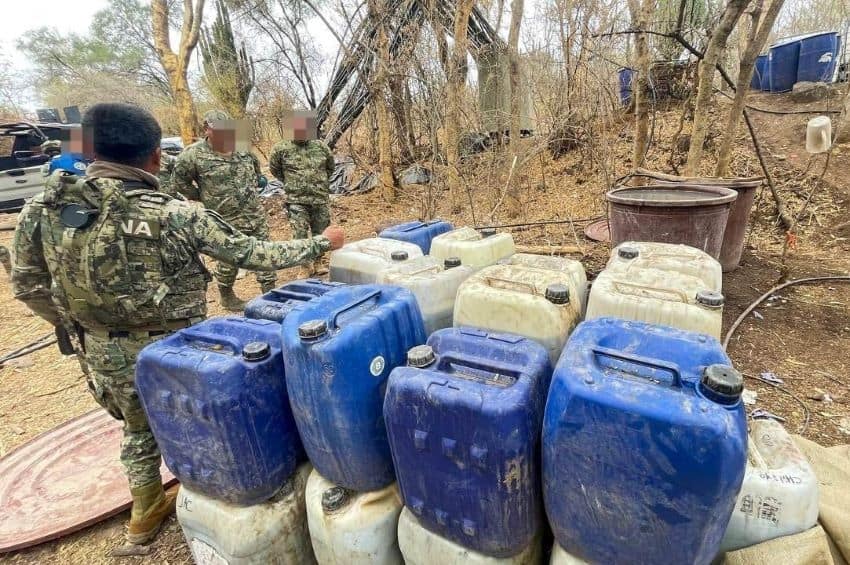
Only 532 kilograms of fentanyl were confiscated during the final four years of Enrique Peña Nieto’s 2012-18 term, a figure that accounts for just 6% of the total seized during this administration.
In addition to seizing fentanyl destined for the U.S. market, authorities in recent years, as Blinken noted, have dismantled clandestine “narco” labs where cartels make fentanyl, methamphetamine and other drugs. One shut down in February in Sonora was reported to be the largest seized during López Obrador’s administration.
The federal government has said on repeated occasions that it is fully committed to the fight against fentanyl and is doing all it can to stop the flow of the powerful synthetic opioid into the U.S.
Ovidio Guzmán — son of convicted drug trafficker Joaquín “El Chapo” Guzmán Loera and an alleged Sinaloa Cartel leader — was finally detained in January 2023 after authorities let him go in 2019, and there have been arrests of other high-profile suspects allegedly involved in fentanyl trafficking, such as that of Gilberto Martínez Rentería, another alleged Sinaloa Cartel leader known as “El 50.”
But despite the government’s assurances that it is doing all it can to combat fentanyl, some U.S. politicians — such as the Republican Party’s Lindsey Graham and Dan Crenshaw — and Biden administration officials have been critical of Mexico’s efforts.
Christopher Wray, director of the Federal Bureau of Investigation, last month described Mexico’s efforts to combat fentanyl as a “mixed bag.”
“We’re working with our partners on the other side of the border and there I would say it’s very uneven. We’ve had some instances where we’ve had a key arrest, an extradition, a key operation — we’ve started to work with vetted teams down there which is an important effort in the right direction, but we need much, much more than we’re getting from the Mexican government,” he said.
Mexico News Daily
